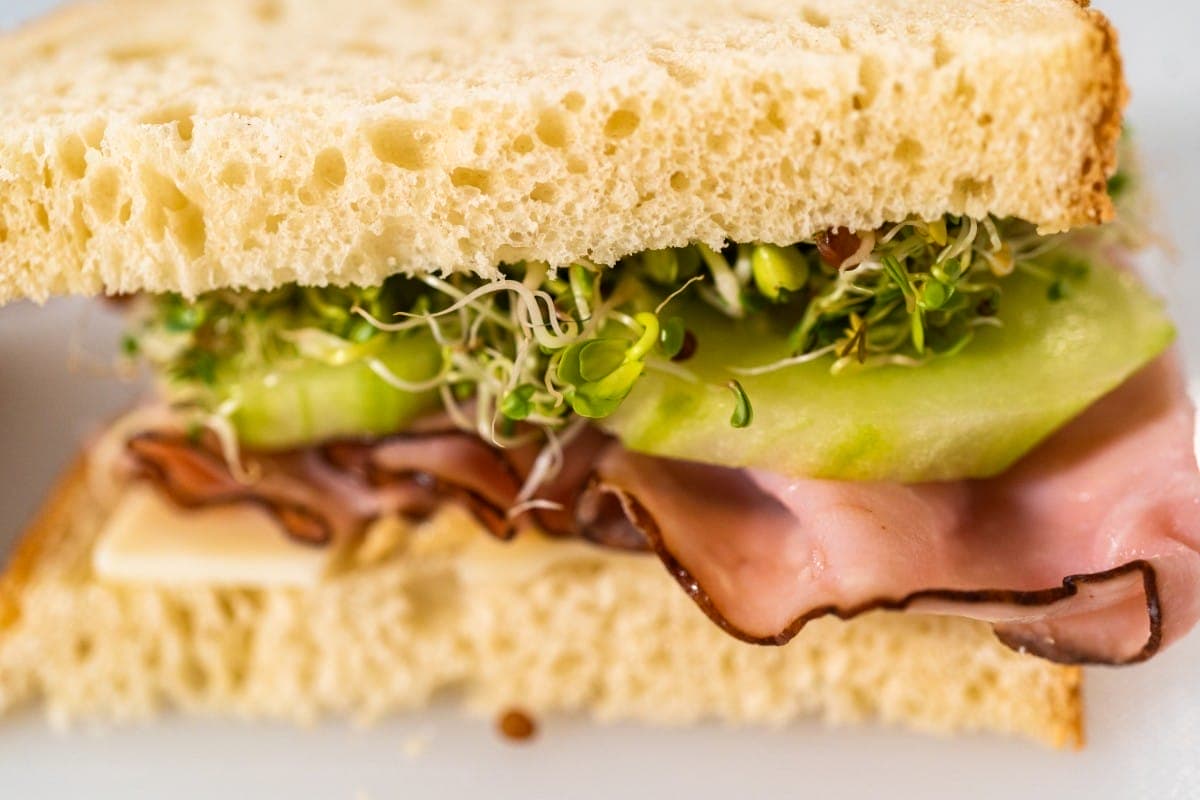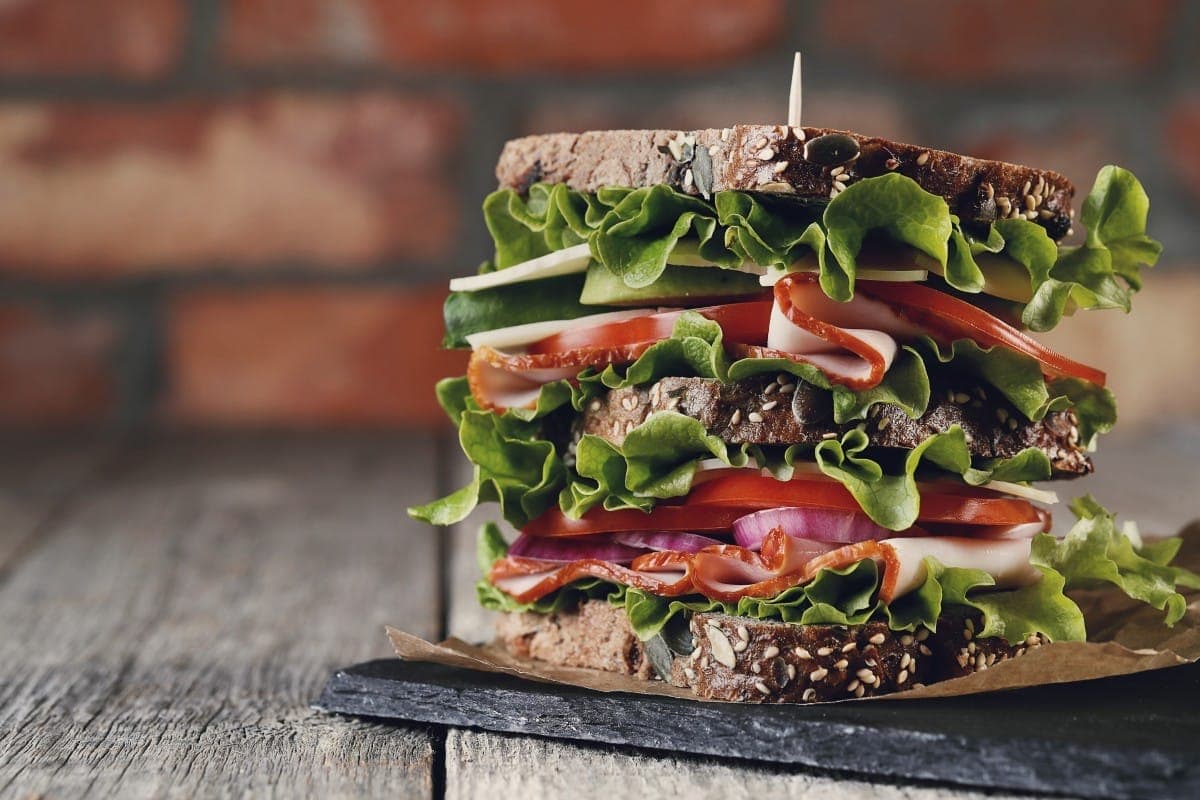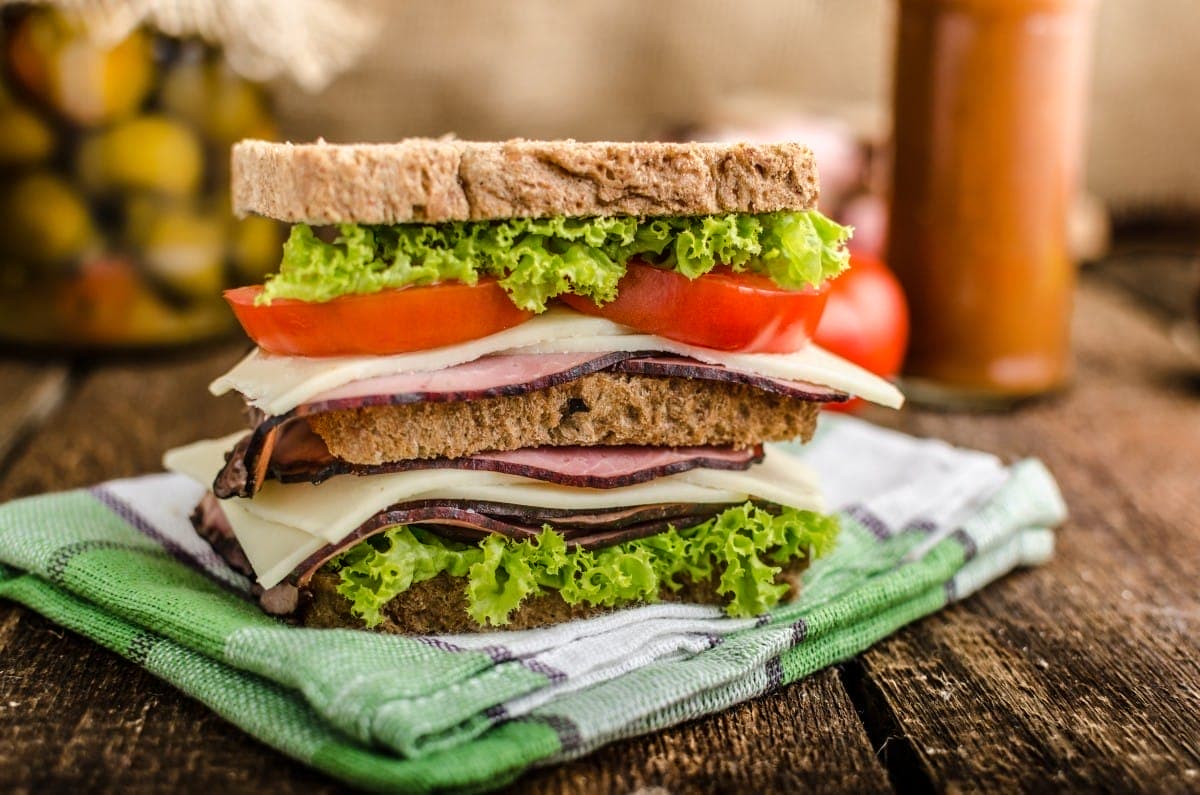Trends & Opinions, Wellness
Can You Actually Make a Healthy Lunch Meat Sandwich?
If you click on links we provide, we may receive compensation.
When it comes to packing a quick and easy lunch, a sandwich often tops the list. However, the healthiness of a sandwich can vary greatly, especially when lunch meat is involved. Many people wonder if it’s possible to make a lunch meat sandwich that is both delicious and nutritious. The answer is yes, but it requires a bit of knowledge and thoughtful choices.
Choosing the Right Lunch Meat
The first step to a healthier sandwich is selecting the right lunch meat. Processed deli meats can be high in sodium, preservatives, and unhealthy fats. Opt for leaner cuts like turkey breast, chicken breast, or roast beef. These options typically have less fat and fewer additives. If possible, choose meats that are labeled as “low-sodium” or “nitrate-free.” These labels indicate that the meats are processed with fewer harmful chemicals and less salt.
It’s also a good idea to consider the source of your lunch meat. Organic and grass-fed options are generally healthier as they contain fewer synthetic additives and potentially harmful hormones. Additionally, meats sourced from animals that were humanely raised tend to be of higher quality.

The Bread Matters Too
Bread is a crucial component of any sandwich, and choosing the right type can significantly impact the healthiness of your meal. Whole grain or whole wheat bread is a much better option than white bread. Whole grain breads are higher in fiber, which aids digestion and helps keep you full longer. They also have a lower glycemic index, which means they cause a slower, more gradual rise in blood sugar levels.
When selecting bread, check the ingredients list. The first ingredient should be a whole grain, such as whole wheat flour. Avoid breads with added sugars or high-fructose corn syrup. These additives can negate some of the health benefits of the whole grains.
Load Up on Vegetables
Adding vegetables to your sandwich is an excellent way to boost its nutritional value. Fresh, crunchy veggies like lettuce, spinach, tomatoes, cucumbers, and bell peppers add vitamins, minerals, and fiber to your meal. Not only do they enhance the flavor and texture of your sandwich, but they also contribute to your daily intake of essential nutrients.
Experiment with different vegetables to keep your sandwiches interesting. Avocado slices can add healthy fats, while shredded carrots or sprouts can provide a satisfying crunch. The more colorful your sandwich, the more diverse the range of nutrients you are consuming.

Be Mindful of Condiments
Condiments can add flavor to your sandwich, but they can also add unwanted calories, sugar, and unhealthy fats. Mayonnaise, for example, is high in fat and calories. If you enjoy mayo, consider using it sparingly or opting for a lighter version. Mustard, on the other hand, is a low-calorie option that adds a lot of flavor without the extra fat.
Hummus, guacamole, or mashed avocado can also be great alternatives to traditional condiments. These spreads provide healthy fats and additional nutrients. If you prefer something sweeter, try a small amount of honey mustard or a spread made with Greek yogurt, which offers a creamy texture without the extra calories.
Watch Your Portion Sizes
Even healthy ingredients can contribute to an unhealthy meal if consumed in large quantities. Be mindful of portion sizes, especially when it comes to meat and cheese. A standard serving of lunch meat is about 2 ounces, which is roughly the size of a deck of cards. Similarly, a serving of cheese is about 1 ounce, or the size of a pair of dice.

If you find that your sandwich isn’t filling enough with these portions, consider adding more vegetables or using a whole grain bread with a higher fiber content. This will help you feel full and satisfied without overloading on calories or unhealthy ingredients.
The Benefits of Making Your Own
One of the biggest advantages of making your own lunch meat sandwich is that you have complete control over the ingredients. This allows you to choose high-quality, fresh components and avoid the hidden sugars, unhealthy fats, and excessive sodium often found in pre-made sandwiches.
According to the Centers for Disease Control and Prevention (CDC), more than 90% of Americans consume too much sodium, which can increase the risk of high blood pressure and heart disease. By making your own sandwich, you can significantly reduce your sodium intake by choosing low-sodium meats and adding fresh vegetables.
The Role of Cheese
Cheese can be a delicious addition to your sandwich, but it’s important to choose wisely. Many cheeses are high in saturated fat and sodium. Opt for lighter options like mozzarella, Swiss, or feta, which tend to have less fat and salt. You can also try reduced-fat versions of your favorite cheeses.
Consider using cheese as a flavorful accent rather than the main ingredient. A thin slice can add plenty of taste without overwhelming the nutritional balance of your sandwich. If you are lactose intolerant or prefer to avoid dairy, there are many plant-based cheese alternatives available that can provide similar textures and flavors.
Adding Healthy Extras
In addition to vegetables, you can enhance your sandwich with other healthy extras. Seeds and nuts can add a pleasant crunch and are packed with nutrients. For example, a sprinkle of sunflower seeds or a few sliced almonds can provide healthy fats, protein, and essential vitamins.
Fresh herbs can also elevate the flavor profile of your sandwich while adding nutritional benefits. Basil, cilantro, parsley, and dill are all excellent choices that can complement the other ingredients. These herbs are rich in antioxidants and can help reduce inflammation.

Hydration and Accompaniments
A sandwich alone may not be enough to sustain you, especially if you’re having it for lunch. Pair your sandwich with a piece of fruit, a small salad, or a serving of raw vegetables to create a more balanced meal. This can help ensure you’re getting a variety of nutrients and staying satisfied until your next meal.
Drinking plenty of water is also important. Staying hydrated aids digestion and helps maintain energy levels throughout the day. Avoid sugary drinks, which can add unnecessary calories and contribute to energy crashes. If you prefer something with flavor, try infusing your water with fresh fruit or herbs.
Making It a Habit
Incorporating healthy lunch meat sandwiches into your routine can be a convenient way to improve your diet. Planning and preparing your ingredients in advance can make it easier to whip up a nutritious sandwich, even on busy days. Keep a variety of healthy toppings and spreads on hand so you can mix and match flavors.
Experiment with different combinations to keep things interesting. Trying new recipes and flavor profiles can prevent sandwich fatigue and ensure you continue to enjoy your meals. Remember, a healthy diet is one that is varied and balanced, so don’t be afraid to get creative.
Consider the Bigger Picture
While making a healthy lunch meat sandwich is a great step towards better eating habits, it’s important to consider your overall diet and lifestyle. Eating a variety of nutrient-dense foods, staying active, and getting enough sleep are all crucial components of a healthy lifestyle.
By paying attention to the quality of your ingredients and making thoughtful choices, you can enjoy a delicious lunch meat sandwich that supports your health goals. It’s all about balance and moderation, and with the right approach, you can turn a simple sandwich into a nutritious and satisfying meal.




